Summer Flooding Challenges the United States’ Climate Change REadiness
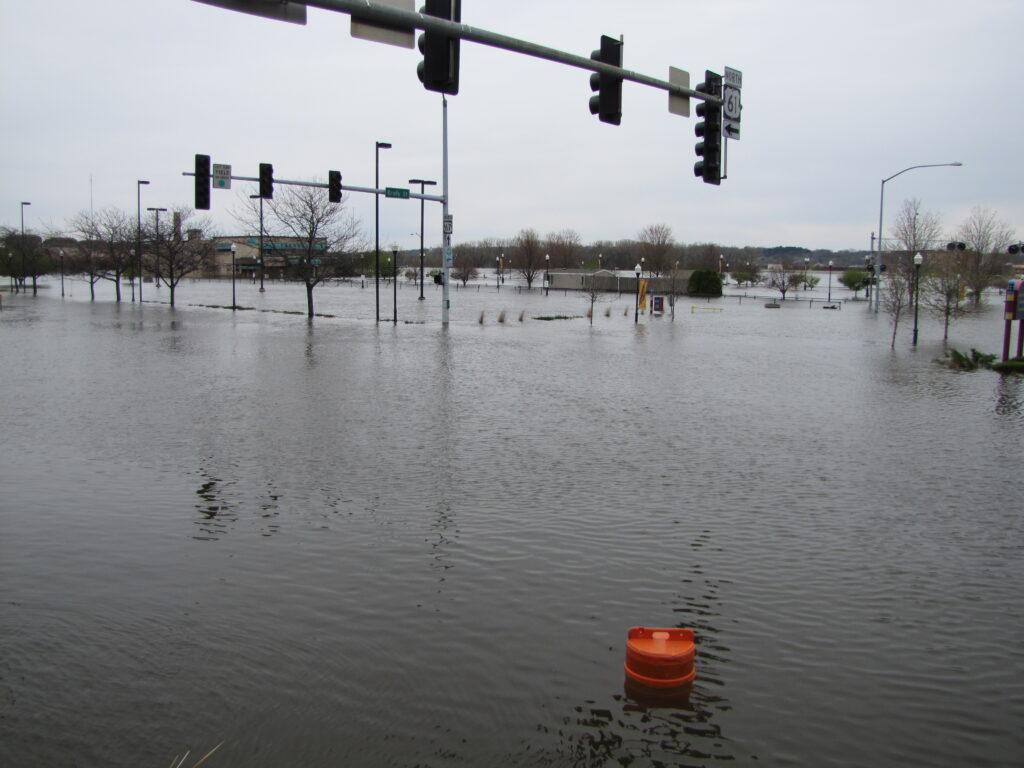
The flash flooding currently happening in Southern California and Nevada is the latest example of why we must transform the management and health of rivers and streams to strengthen communities in the face of climate change. Tropical Storm Hilary was the first tropical storm to hit California since 1939 and it has dropped historic amounts of rainfall on parts of communities from southern California to Las Vegas and across the Southwest. This event follows just weeks after major floods caused widespread damage across Vermont and the Northeast.
Climate change is fueling more frequent and intense storms, putting pressure on federal and state agencies to help communities manage the runoff and stormwater from these extreme events. This means adapting our existing infrastructure–elevating roads, expanding bridges, setting back levees- and it means making smart decisions about how we are developing along rivers and throughout watersheds.
American Rivers is calling on federal, state, and local governments to protect communities from increasingly severe flooding. Decision-makers must:
- Give rivers room to flood safely: Naturally functioning floodplains (the low-lying lands along a river) are a community’s natural defense against flooding. These areas soak up and store floodwaters and reduce downstream flooding. Keeping floodplains natural and undeveloped is the best way to avoid flood damage to begin with. Governments must prioritize protecting undeveloped floodplains and putting in place policies like the Federal Flood Risk Management Standard that require development to be resilient to Increasingly severe floods.
The fact is, many communities have already developed in their floodplains and have channelized and leveed their rivers, disconnecting them from their floodplains. All of this puts people and property at risk. Wherever possible, communities must work with residents and landowners to find solutions that improve their resilience and leverage state and federal funding to restore damaged floodplains to give rivers room to flood safely.
- Protect wetlands and small streams: The Supreme Court’s recent Sackett v. EPA ruling stripped federal Clean Water Act protections for small streams and 50% of the nation’s wetlands. These wetlands, along with perennial and ephemeral streams, are critical to public safety because they absorb and store floodwaters. By leaving streams and wetlands vulnerable to destruction and pollution, more communities are now at risk. State and federal decision-makers must shore up protections for wetlands to safeguard public health and safety.
This record Southwest flooding highlights the important connection between rivers and the ephemeral and intermittent headwater streams that lost protection under the Sackett case and are now at risk of unregulated development. Ephemeral and intermittent streams are dry for much of the year but fill with water during heavy rains. These headwater streams make up 81% of the arid and semi-arid Southwest and are the source of drinking water for people in the Southwest. Unchecked development on headwater streams could further increase future flood damage.
- Remove unsafe, outdated dams and levees: More frequent extreme rain storms mean more risk of dams, levees, and other infrastructure being overtopped or failing resulting in catastrophic loss of life and property. We cannot wait until dams fail to take action. Poorly maintained and improperly designed dams and levees need to be removed to protect downstream communities and infrastructure before they fail. States need programs that work with dam and levee owners to provide technical and financial support to remove dams and levees that they no longer want or need.
In addition, many dams are outdated and unsafe. Hundreds of dams have breached or failed in recent years because of heavy rainfall and flooding, putting communities at risk. The Association of State Dam Safety Officials estimates that aging dams across the nation need more than $70 billion in repairs.
Communities are not prepared for the increasingly frequent and severe flooding fueled by climate change. Our infrastructure was not built for this. We must help communities prepare, and that means protecting and restoring rivers. A healthy river is a community’s best and first line of defense against flooding and other climate impacts. When we pave over streams, disconnect floodplains, and destroy wetlands, we strip communities of these vital defenses. We must protect and restore rivers to make our communities stronger, safer, and more resilient.
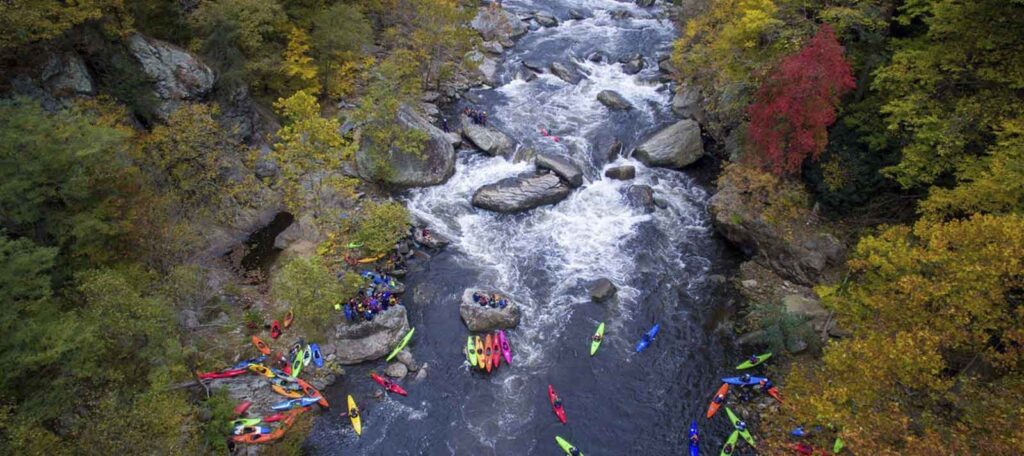
Let's Stay In Touch!
We’re hard at work for rivers and clean water. Sign up to get the most important news affecting your water and rivers delivered right to your inbox.
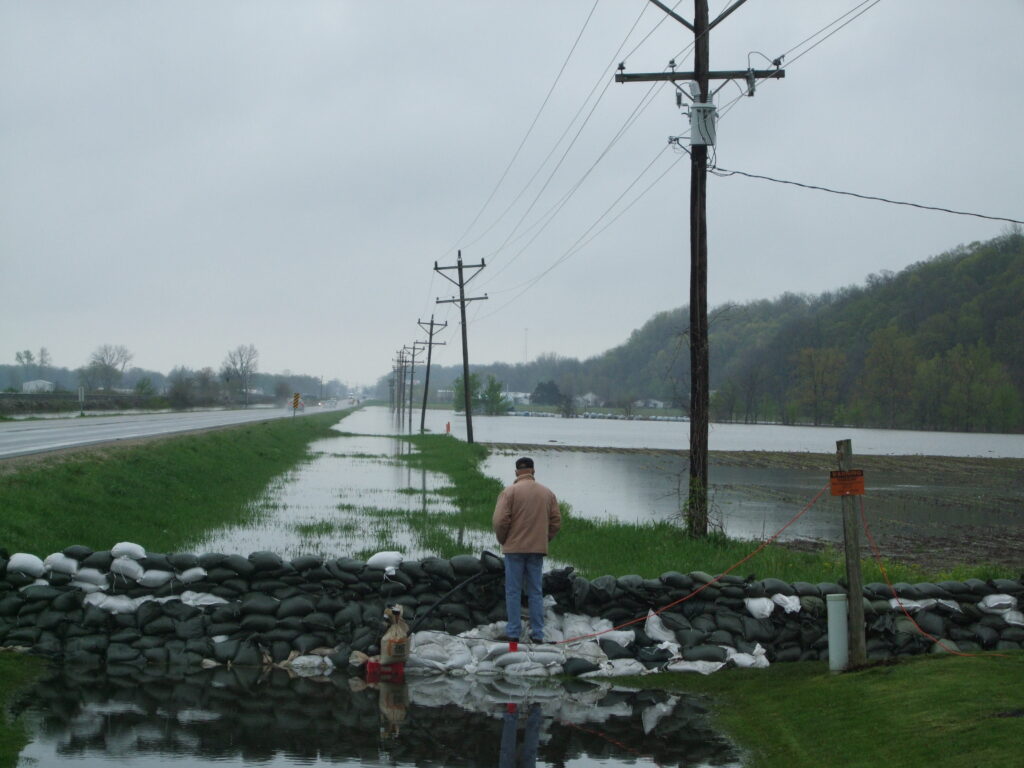
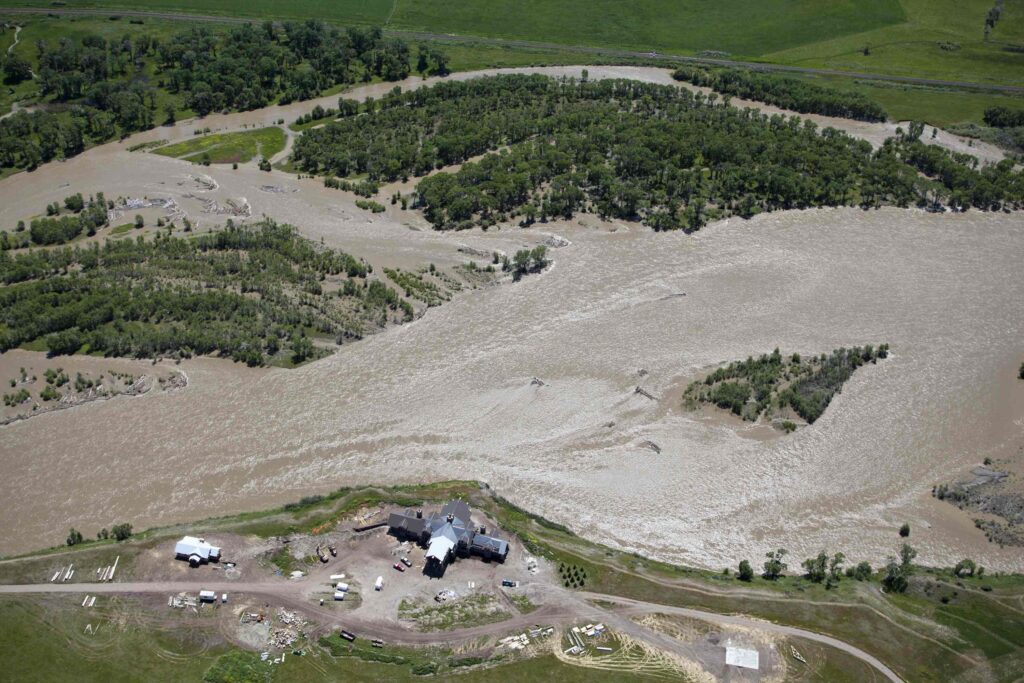
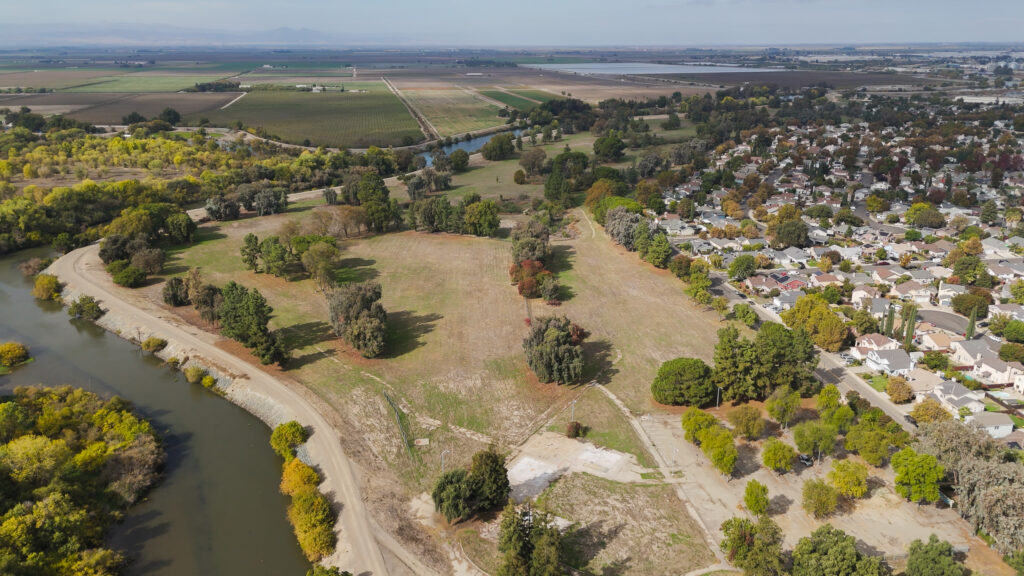
2 responses to “Summer Flooding Challenges the United States’ Climate Change REadiness”
It is possible at this very time to eliminate fossil fuels. It was over 60 years ago.
The Oil Companies are much too powerful. There was a device that atomized gasoline before it was injected into the carburetor. The last vehicle my father owned was a 1964 Plymouth Belvedere. Station Wagon. The engine size was a 318 V8. The gasoline atomizer extended the vehicles miles per gallon by 20 more miles per gallon. The engine was burning more oxygen than petroleum, The Big Oil companies bought out the patent
Rivers flood plains should be protected from development. Rivers should have riparian forests bodering its banks helping to keep the river clean and healthy!